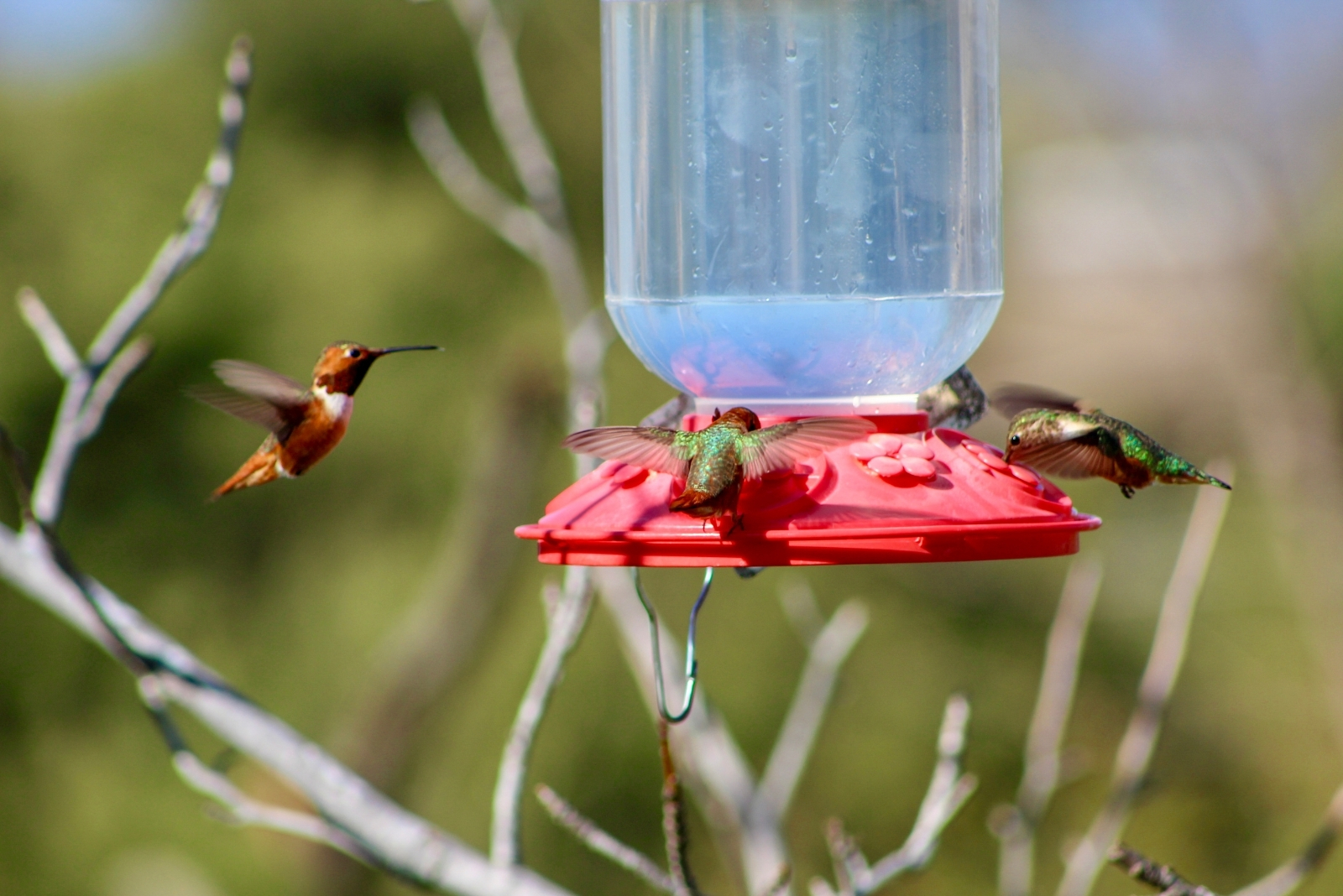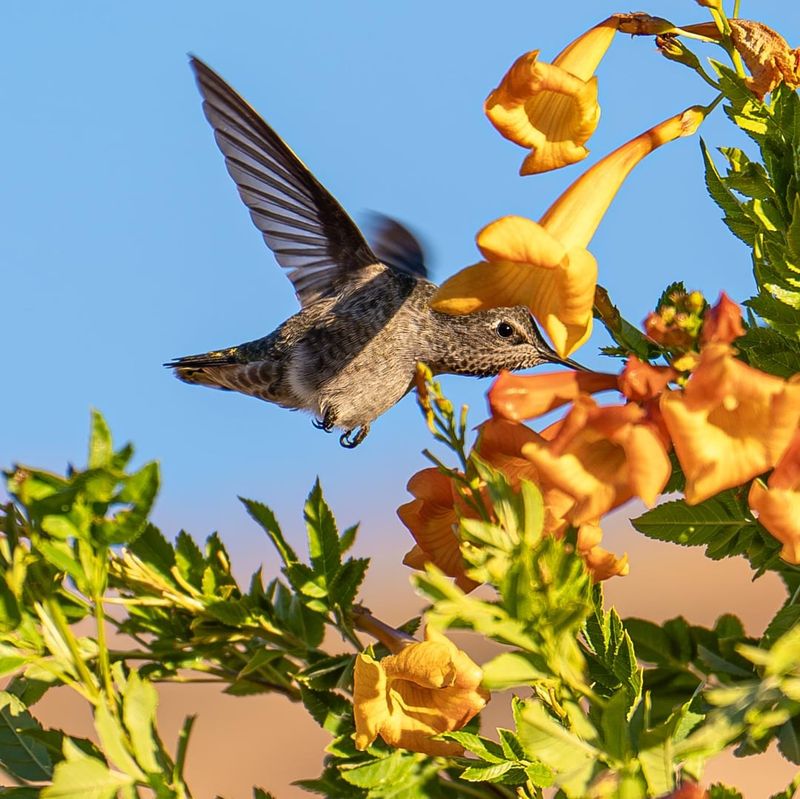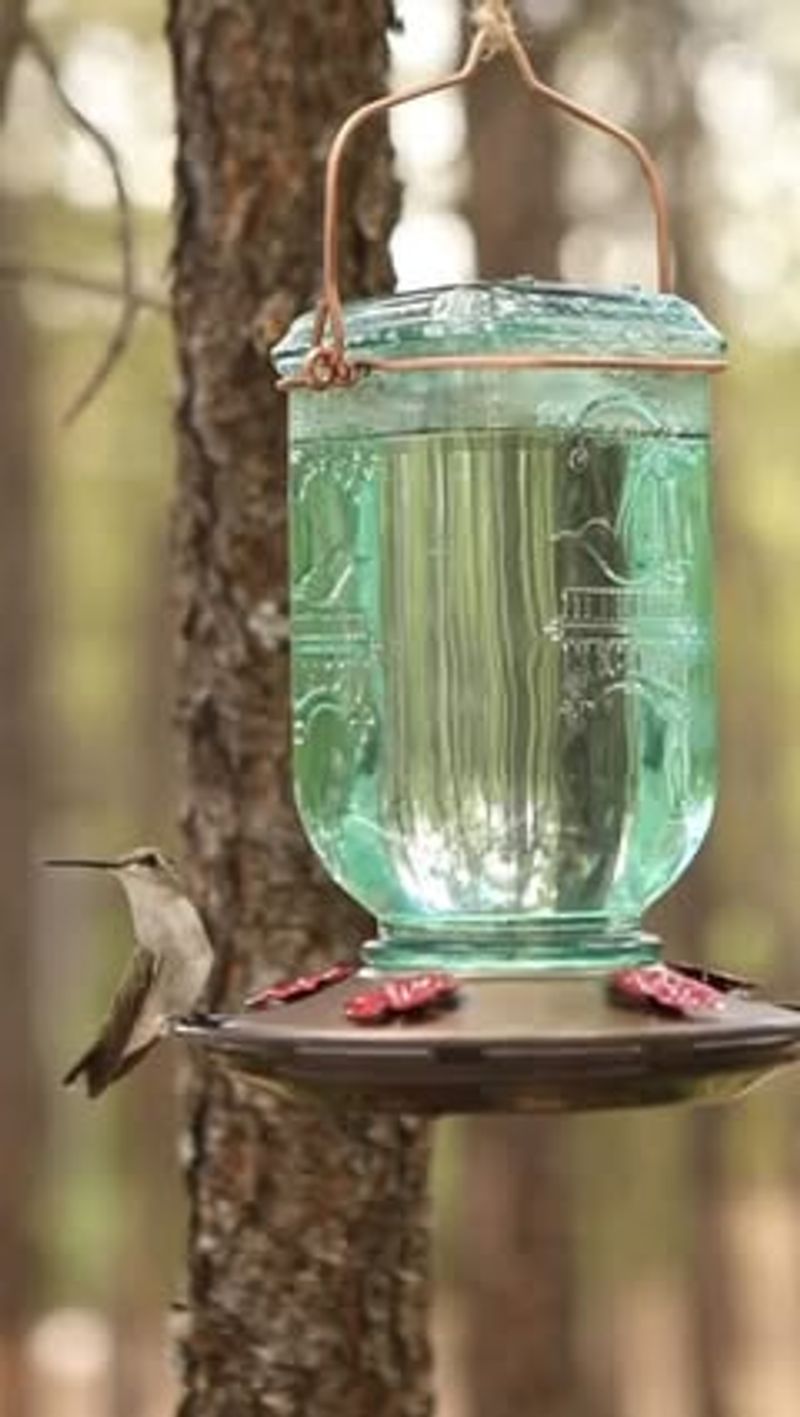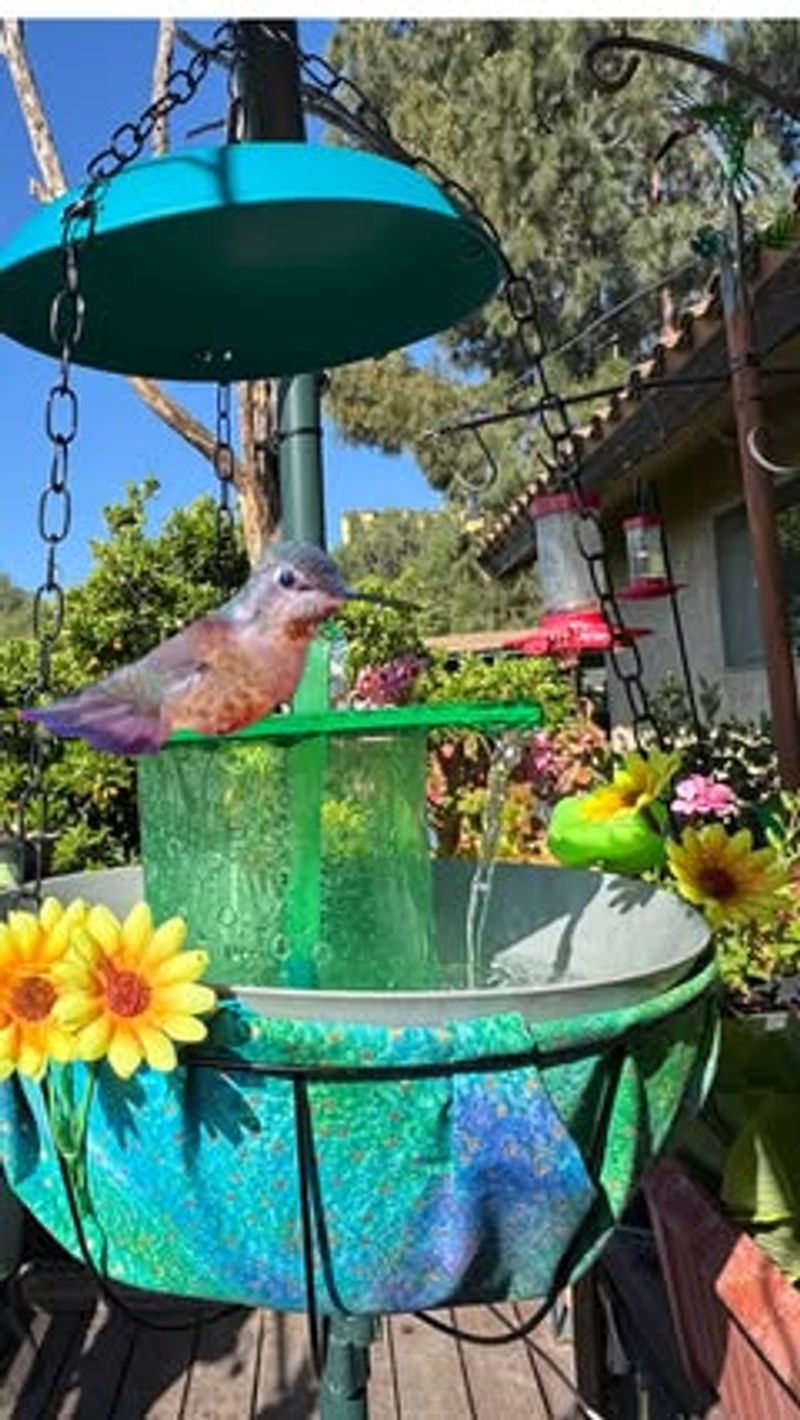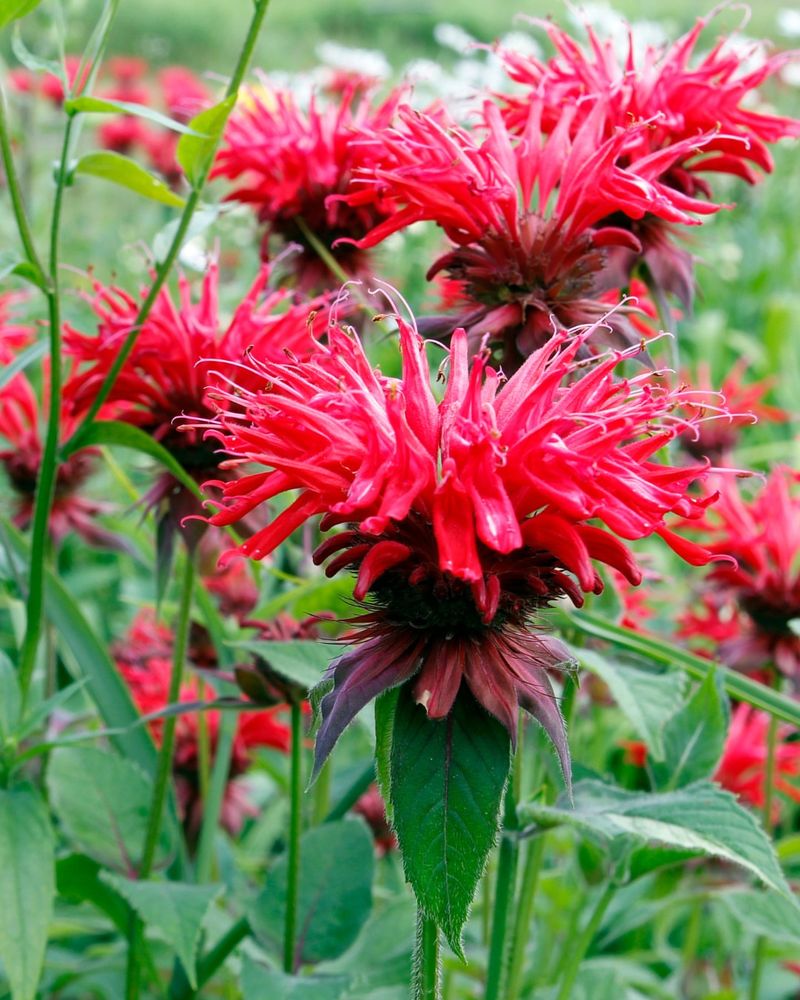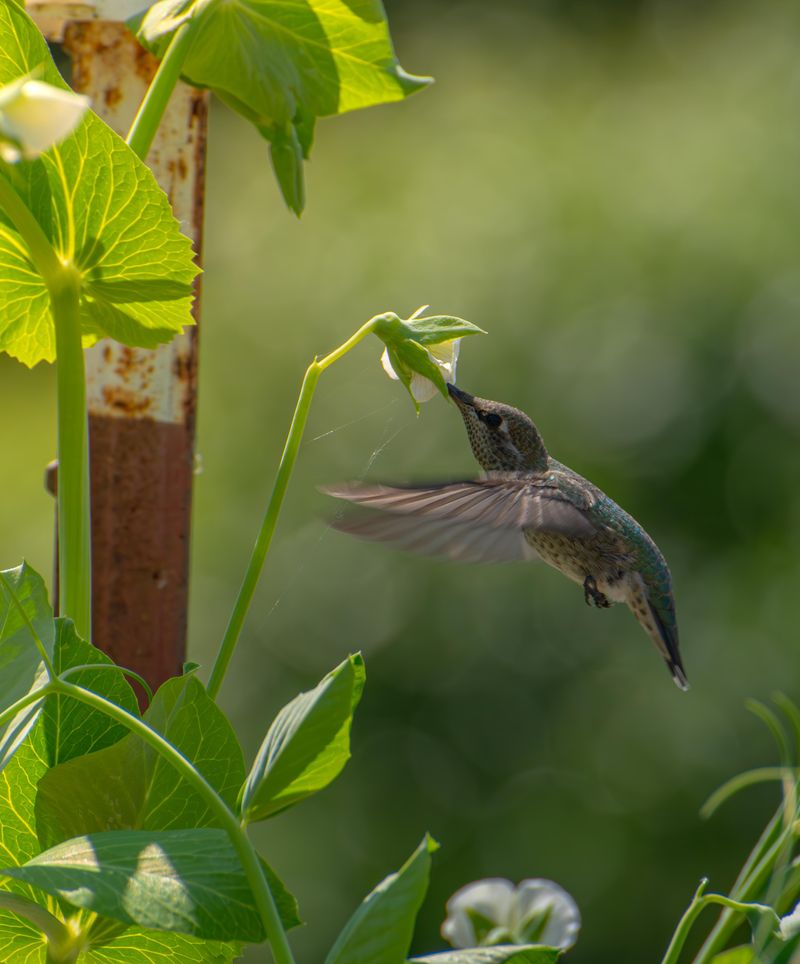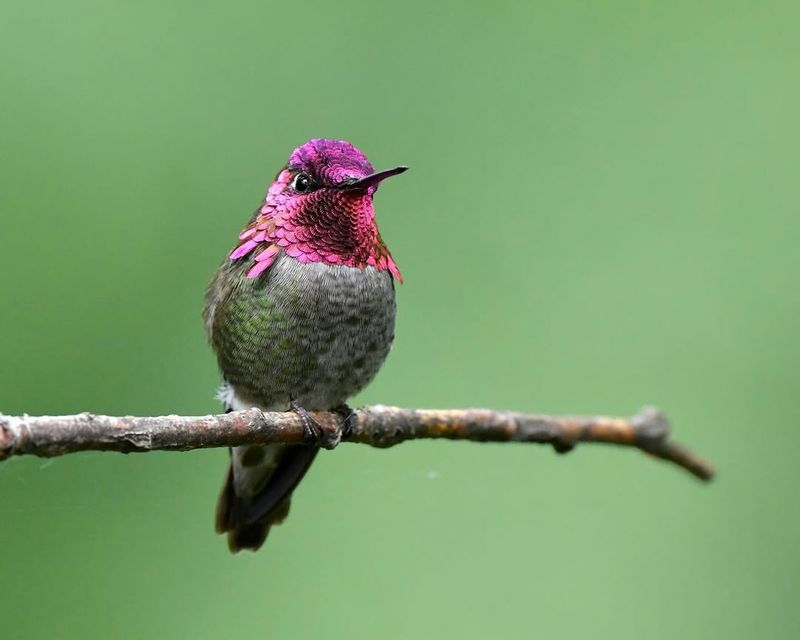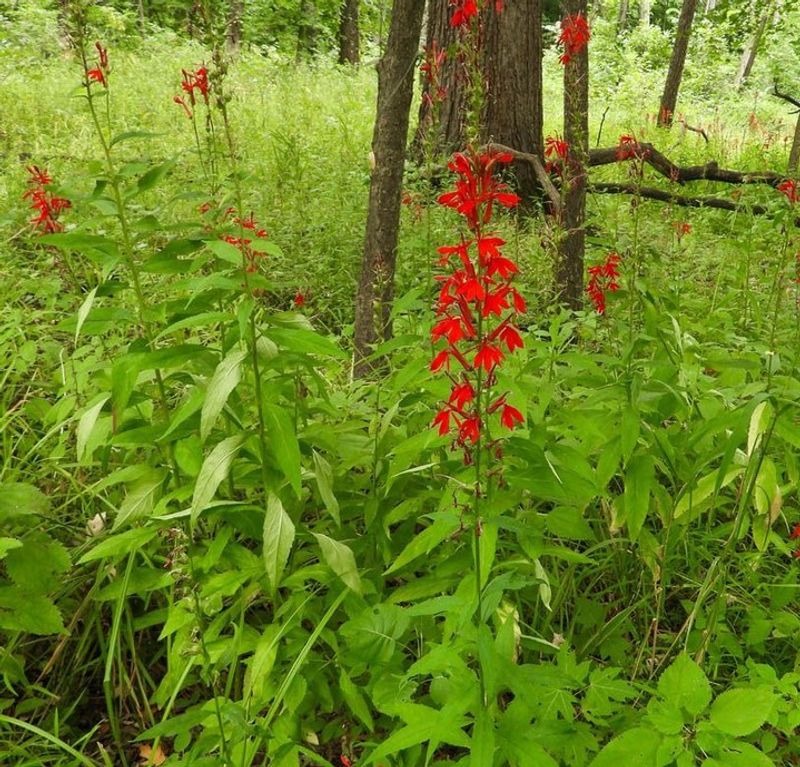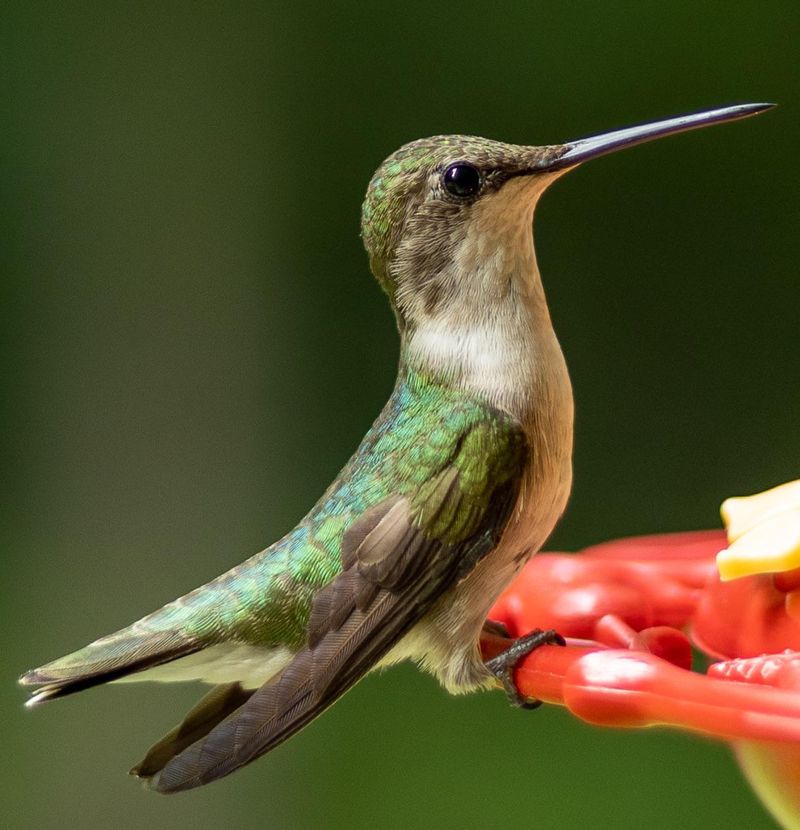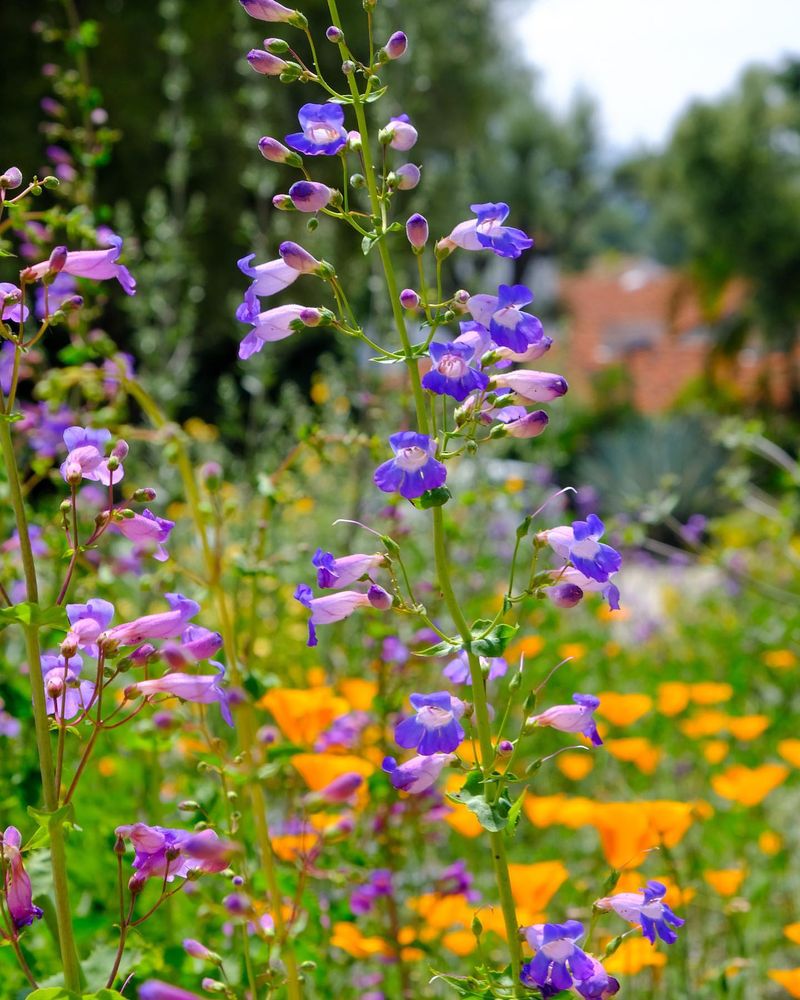Virginia gardens seem to come alive when hummingbirds arrive, and I’ve found a few ways to make that happen more often. These little visitors add magic to the yard.
With a touch of planning, your garden can become their favorite stop. Here are nine ways to make hummingbirds flock to your garden.
1. Plant Native Trumpet Vine for Maximum Appeal
Trumpet vine produces brilliant orange-red blooms that hummingbirds absolutely adore. Virginia’s native variety thrives in local soil and climate conditions without much fuss.
Once established, this vigorous climber produces dozens of tubular flowers throughout summer. Hummingbirds can spot these bright blossoms from far away and will return daily to feed.
Plant it along fences or trellises where it can climb freely. Just remember that trumpet vine grows enthusiastically, so give it plenty of space to spread in your Virginia landscape.
2. Install Multiple Nectar Feeders Around Your Yard
Setting up several feeders gives hummingbirds plenty of dining options and reduces territorial squabbles. Mix one part white sugar with four parts water, and skip the red dye completely.
Change the nectar every three to five days, especially during Virginia’s hot summers when it spoils quickly. Clean feeders thoroughly with hot water to prevent dangerous mold growth.
Position feeders in shaded spots where you can easily watch these incredible fliers. Multiple feeding stations mean more hummingbirds can visit your Virginia garden simultaneously.
3. Add a Shallow Water Feature for Bathing
Hummingbirds love flying through fine mist or perching near shallow moving water. A simple fountain or mister provides the perfect bathing spot for these tiny birds.
Unlike other birds, hummingbirds prefer to bathe while hovering or perching on wet leaves. Virginia summers get steamy, so a water source becomes especially attractive during July and August heat waves.
Keep water fresh and the feature running during daylight hours. Position it near flowering plants where hummingbirds already visit for an irresistible combination they cannot ignore.
4. Create Colorful Flower Clusters in Red and Orange
Grouping bright red, orange, and pink flowers together creates a visual beacon for passing hummingbirds. Salvia, bee balm, and zinnias work wonderfully in Virginia’s growing zones.
Mass plantings make a stronger impact than scattered individual flowers. Hummingbirds have excellent color vision and are naturally drawn to warm-colored blooms that signal abundant nectar.
Plan for continuous blooms from spring through fall by choosing varieties with different flowering periods. Your Virginia garden will become a hummingbird highway when you provide reliable food sources throughout their entire visiting season.
5. Skip Pesticides to Protect Tiny Insects
Did you know hummingbirds eat hundreds of tiny insects daily for essential protein? Spiders, gnats, and aphids make up a significant portion of their diet beyond just nectar.
Chemical pesticides eliminate these crucial food sources and can poison hummingbirds directly. Virginia gardeners should embrace natural pest management methods that keep beneficial insects thriving.
Ladybugs, praying mantises, and birds handle pest problems naturally without harmful chemicals. A healthy ecosystem in your Virginia yard supports hummingbirds and countless other beneficial creatures that make gardens flourish beautifully.
6. Provide Perching Spots Near Feeding Areas
Hummingbirds spend more time perching than most people realize, resting between feeding sessions. Bare branches, thin twigs, or decorative plant stakes offer perfect resting spots in your Virginia garden.
Position these perches near feeders and flowers where hummingbirds can survey their territory. Males especially appreciate high vantage points for watching over their claimed feeding zones.
Natural perches blend beautifully into garden designs while serving important functions. Watching a hummingbird rest and preen on a nearby branch gives you incredible close-up views of these fascinating visitors.
7. Plant Cardinal Flower Along Wet Garden Edges
Cardinal flower’s brilliant scarlet spikes are hummingbird magnets that thrive in Virginia’s moist soil areas. This native wildflower blooms in late summer when hummingbirds need fuel for migration.
Plant it along stream banks, rain garden edges, or anywhere with consistent moisture. The tubular red flowers are perfectly shaped for hummingbird beaks and provide excellent nectar rewards.
As a bonus, cardinal flower is a true Virginia native that supports local ecosystems beautifully. Hummingbirds instinctively recognize and seek out these familiar blooms during their travels through the state.
8. Avoid Pruning Plants Too Early in Spring
Leaving some garden messiness through early spring provides crucial shelter and insect habitat. Dead stems, seed heads, and brush piles host the tiny bugs hummingbirds hunt for protein.
Ruby-throated hummingbirds arrive in Virginia around mid-April when insects are just emerging. A garden cleaned too thoroughly offers little food beyond nectar sources.
Wait until temperatures consistently warm before major spring cleanup. Your slightly wild Virginia garden will support hummingbirds better than overly manicured landscapes that eliminate important natural food sources and protective cover.
9. Choose Long-Blooming Perennials for Consistent Food
Perennials that flower for weeks or months provide reliable food sources hummingbirds can count on. Coral bells, catmint, and penstemon bloom extensively throughout Virginia’s growing season.
Unlike annuals that need constant replanting, perennials return stronger each year with minimal effort. Deadheading spent blooms encourages even more flowers and extends the nectar buffet.
Combine early, mid, and late-season bloomers for non-stop color and food availability. Virginia hummingbirds will recognize your garden as a dependable feeding station and visit regularly from spring arrival through fall departure.

